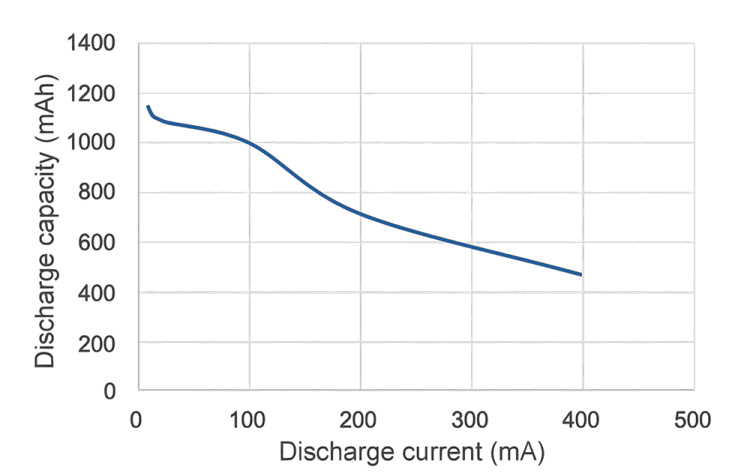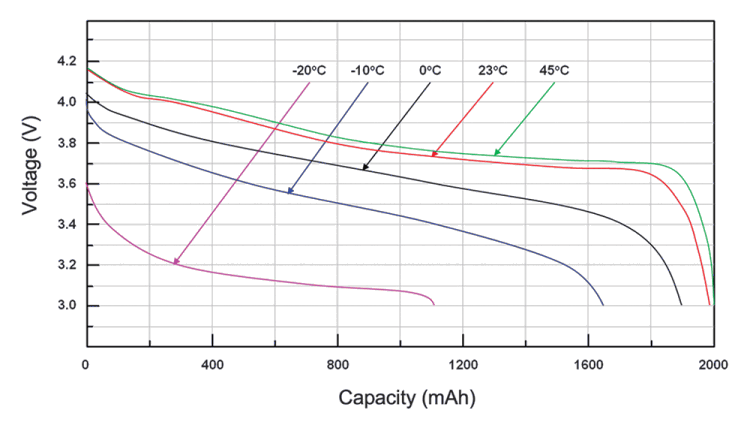
Battery life affects the cost and reliability of IoT-based infrastructure and is a key purchasing consideration for consumer electronic IoT devices.
Ensuring IoT manufacturers correctly calculate battery life is critical. This white paper excerpt examines how battery emulation and test software can help one accurately measure battery life and extend the battery life of an IoT device.
Battery life can contribute significantly to the cost and reliability of Internet of Things (IoT) infrastructure. For consumer electronic devices, battery life is often a critical purchase consideration. Therefore, the fact that the calculated battery life of IoT devices is often inaccurate is a significant issue for manufacturers.
One method to measure battery life is to divide the battery capacity in amp-hours by the average current drain in amps, which gives you a time in hours. However, in the real world, this calculation is overly simplistic.
In fact, the formula can generate inaccurate results because devices use different power modes, including active, sleep, and hibernate. Additionally, operating modes such as constant power and constant resistance will draw current from the battery differently and change the battery’s run time. It is essential to fully understand how a battery responds to these different scenarios and the typical usage patterns of the device to predict battery life accurately.


In addition to varying current drain, battery capacity is variable depending on the average discharge current and usage patterns. Figure 1 shows a considerable variation in discharge capacity based on the discharge current level for an alkaline cell.
Furthermore, temperature can affect battery life, which is another critical consideration. Figure 2 shows how temperature can affect the capacity curves of a battery.
The following are additional factors that can lead to a longer computed battery runtime compared to real-world usage:
• Battery models / profiles are not available.
• Battery profiles are not generated with accurate device operating conditions.
• Current consumption measurements are inaccurate.
• Voltage drops, such as when a device shuts down when the voltage reaches a cutoff range, are not considered.
Battery emulation and profiling software is a solution you can use to predict battery life accurately. In addition, you can use insight into current drain that emulation software provides to change device designs resulting in longer battery run time.
This white paper discusses how to use emulation software to achieve these objectives and includes the following topics:
1. Profiling batteries through charging/ discharging to create unique battery models.
2. Emulating charge states to reduce test time, improve safety, and gain insight to extend battery life.
3. Visually track the charging and discharging of batteries to determine capacity.
4. Cycling batteries to determine capacity loss and battery life reduction.
To read the full white paper, visit www.dataweek.co.za/*feb25-eiot
| Tel: | +27 12 678 9200 |
| Email: | [email protected] |
| www: | www.concilium.co.za/test-measurement |
| Articles: | More information and articles about Concilium Technologies |

© Technews Publishing (Pty) Ltd | All Rights Reserved